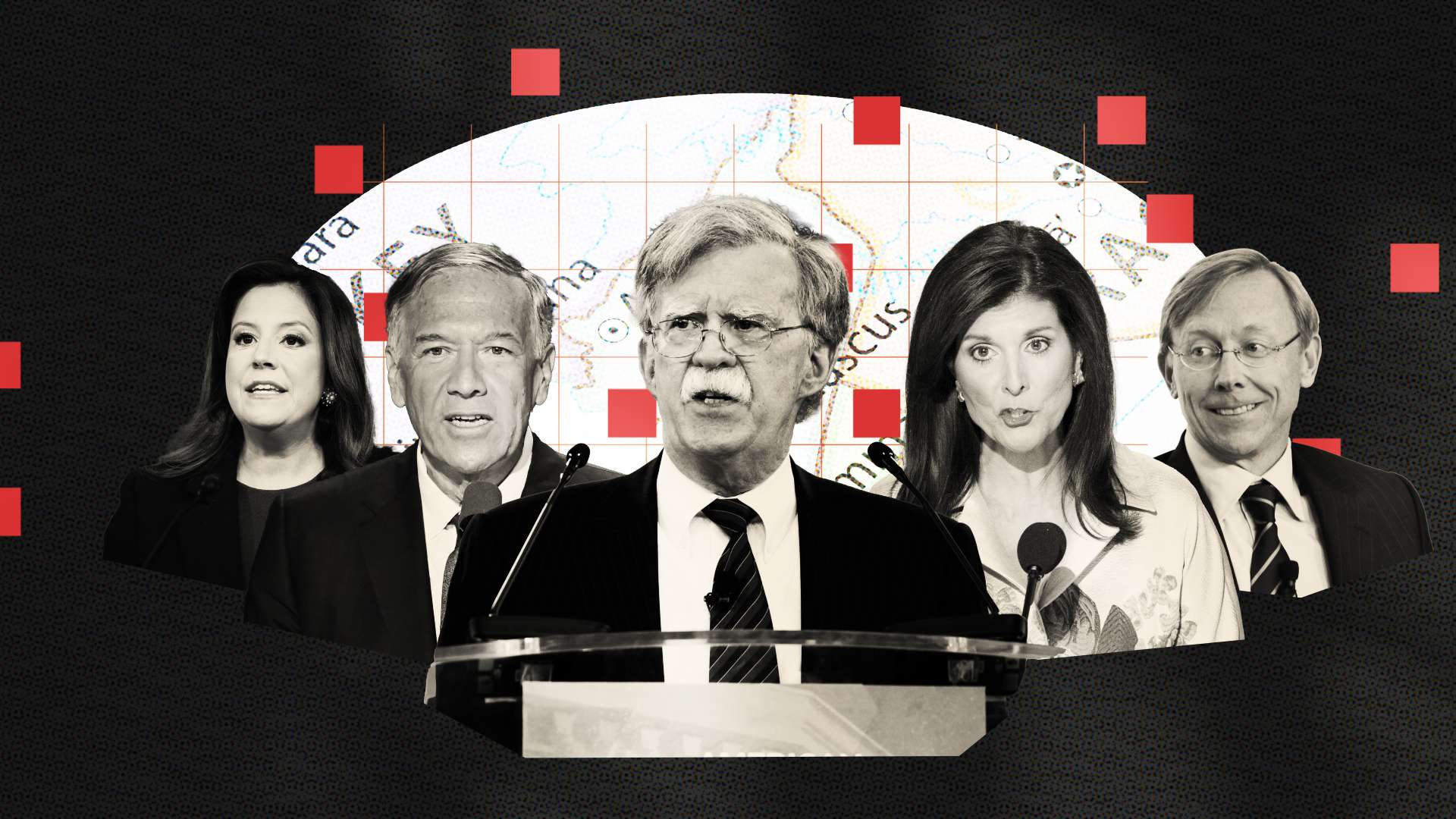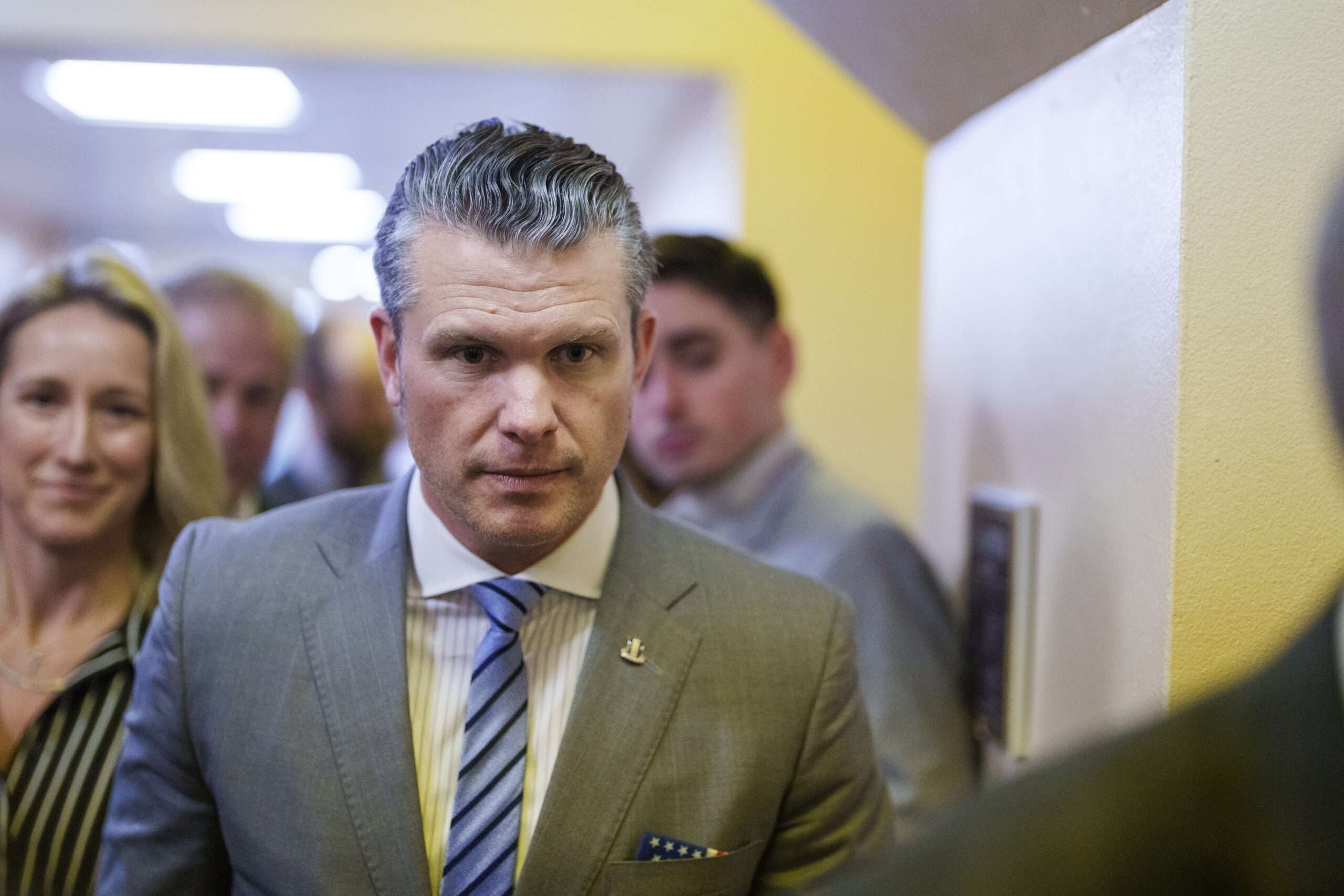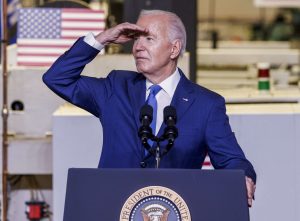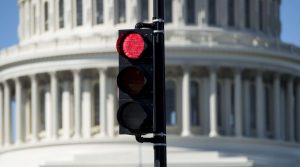The Traditional Neocons Are Departing, Yet Their Goals May Still Be Achieved
Last week marked a notable moment of reflection for old-fashioned neoconservatives, revealing rising tensions within the Republican party regarding foreign policy. Discontent was palpable among some Democrats, as they linked Vice President Kamala Harris’ election loss to her collaboration with former Representative Liz Cheney, a prominent figure among war hawks and daughter of Dick Cheney, the former Vice President known for his neoconservative ideals. Meanwhile, President-elect Donald Trump has distanced himself from several hawkish figures who were previously central to his foreign policy approach, including former Secretary of State Mike Pompeo and former U.N. Ambassador Nikki Haley. Statements from Trump’s son, Donald Trump Jr., advocating for a complete avoidance of neoconservatives in the upcoming administration further highlighted the internal conflicts, signaling an evolution—or perhaps a battle—for the soul of Republican foreign policy.
Amid the shifting alliances and purging of many traditional hawks, the prospect of aligning with more moderate figures is still in flux regarding Middle Eastern policies, an area long favored by neoconservatives. Former officials with a history of advocating for regime change are reportedly involved in transitioning to a second Trump administration, casting doubt on the potential for significant policy shifts. The likes of Brian Hook and Joel Rayburn are slated for key roles in this context, and other candidates with strong hawkish reputations are being considered for critical positions. This could indicate a continuation of the same foreign policy trajectory that characterized the era of George W. Bush, particularly in the Middle Eastern region, despite the evolving rhetoric within the party.
Hook, during his tenure, was involved in controversial actions such as pushing out officials who harbored an opinion contrary to the aggressive foreign policy stance he championed. Rayburn’s role in the previous administration notably included efforts to leverage U.S.-led coalitions against adversaries like Iran, sparking further complicity in foreign conflict dynamics. In contrast, figures like Rep. Elise Stefanik, who have made overt promises of renewed pressure on Iran, spotlight a glaring continuity in aligning with hawkish values. Overall, the incoming appointments seem more inclined toward an aggressive posture in the Middle East, reaffirming the neoconservative legacy that shaped early 21st-century U.S. foreign policy.
Amidst the reshuffling of administration choices, speculation on potential Cabinet members continues, with some names—such as Robert O’Brien, Marco Rubio, and Vivek Ramaswamy—emerging as likely candidates for crucial roles such as Secretary of State. Within this lineup, a clear division emerges between traditional hawks and more dovish figures, underscoring the ongoing contention in Republican beliefs toward military engagement, especially with Iran and other contentious regions. While some contenders demonstrated a more flexible foreign policy outlook, others remain staunch defenders of interventionist principles that have characterized American foreign relations for decades.
The selection dynamics for national defense roles reveal similar underlying tensions, as hawkish representatives dominate the discussion over military strategy. Figures like Mike Rogers and Mike Waltz stand out for propelling aggressive military aid stances, suggesting a preference for maintaining robust military operations in key areas of conflict. The inclination toward appointing veterans of previous administrations known for their hawkish ideologies represents an entrenchment of neoconservative principles, emphasizing the persistent influence of figures associated with earlier U.S. interventions in Middle Eastern conflicts. This is set against the backdrop of public backlash from segments within the Republican party advocating for a pivot towards less interventionist foreign policy.
Politically, the current landscape indicates that despite the rise in anti-war sentiments, particularly among the broader Republican base, there is a limited pool of representatives who diverge from established neoconservative ideals. Trump’s past claims of utilizing hawkish advisors as a strategic ploy emphasizes this ongoing struggle—illustrating that surrounding oneself with aggressive policy proponents might limit the possibility of more diplomatic engagement. Historical parallels reveal how previous administrations often found themselves constrained by the policies and ideologies of predominant figures within the opposition, ultimately stifling opportunities for nuanced negotiations with countries like Iran.
Ultimately, the internal contradictions and evolving dynamics of the Republican party may lead to confusing foreign policy signals. Trump’s experiential approach to foreign diplomacy seems to indicate a reliance on neoconservative rhetoric and principles, creating a challenging landscape for any potential shift towards less militaristic policies. As the second Trump administration takes shape, questions linger about whether it will forge a new path or succumb to the same aggressive strategies that defined its predecessor. Balancing the demands of Republican hawks with an emerging faction wary of overreaching military engagements presents a complex quandary, illustrating that while the narrative may change, the legacy of entrenchment in foreign conflicts continues to exert significant influence.
Share this content:











Post Comment